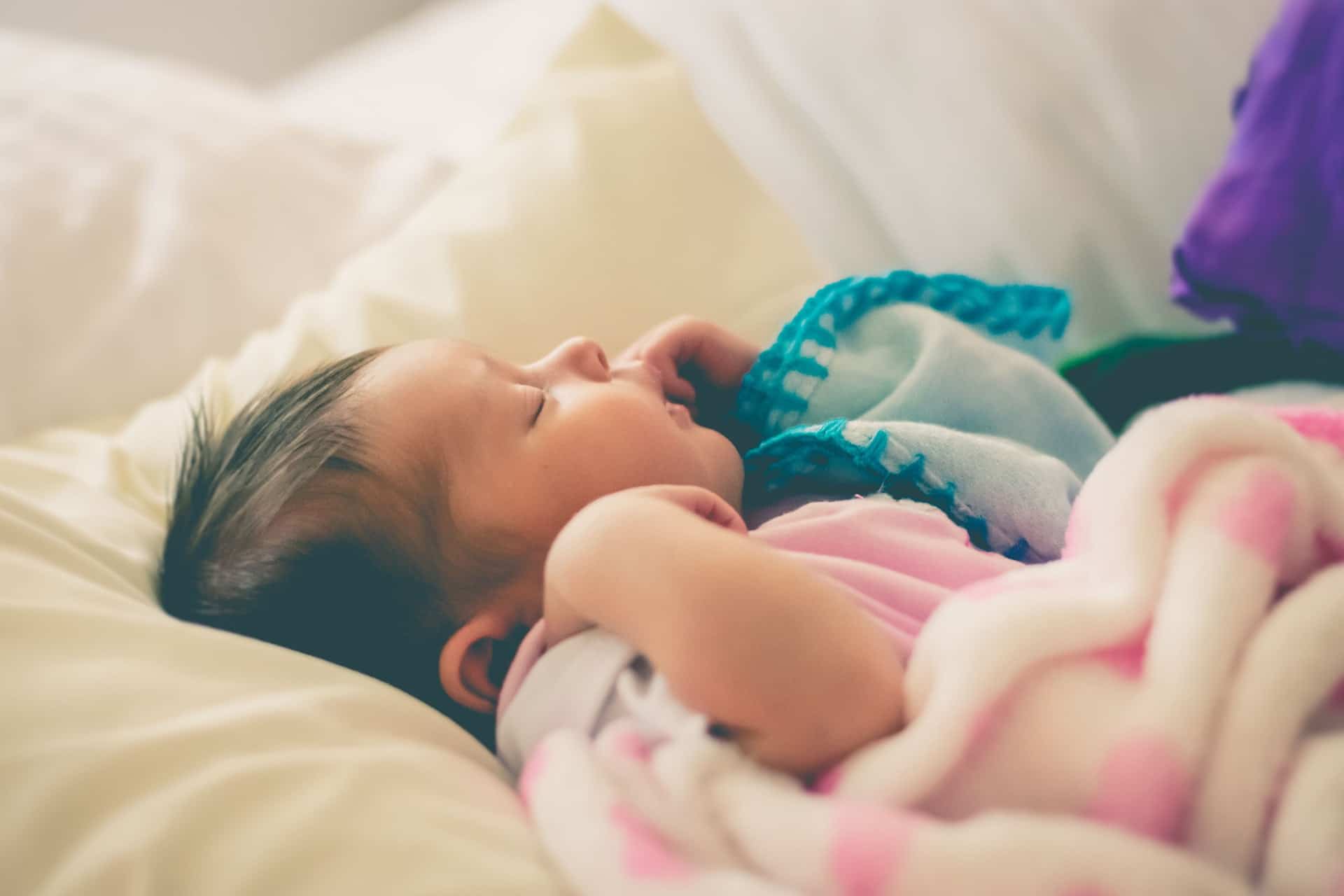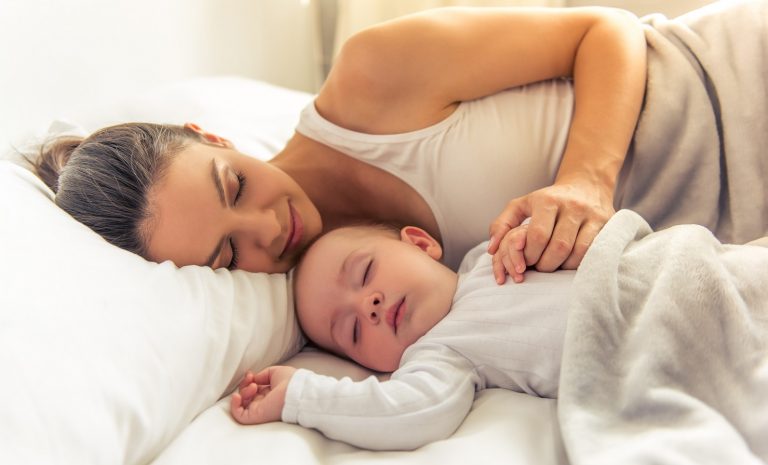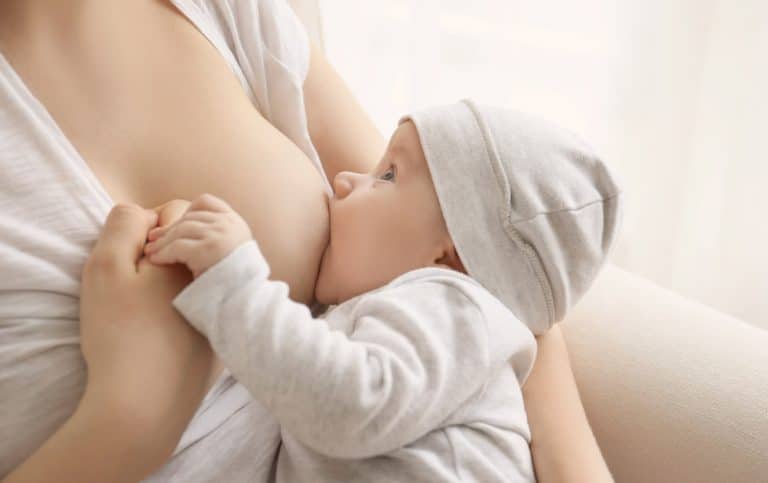As a parent, you have probably been asked this question by many friends or family members. When can my baby sleep with a blanket? When should babies stop using blankets? When should they start using them? Babies are born at the perfect temperature for them and their body needs to adjust to the new world around them. The first few days of life outside of their mother’s womb, babies’ bodies must adapt from being inside an incubator in a room that is approximately 98 degrees Fahrenheit to one that is about 70 degrees Fahrenheit.
In This Article
- Is it safe for baby to sleep with blanket?
- How do I keep my baby’s blanket on at night?
- At what age can a baby sleep with a blanket?
- How should babies sleep with blankets?
- When can babies have pillows and blankets?
- What is the best way to swaddle a baby?
- When should babies be allowed to sleep without a blanket?
- How to Keep Your Sleeping Baby Safe?
Is it safe for baby to sleep with blanket?
The American Academy of Pediatrics says babies should not sleep with blankets until they are at least a year old. When the baby is born, he or she will have been in an incubator that has regulated temperature and it takes time for his body to adjust. When you cover your infant’s head area with blanket, there is less airflow around their head area. When babies don’t have enough airflow in their head region, they may not be able to regulate the temperature of their body because it won’t let heat escape through their head and neck.
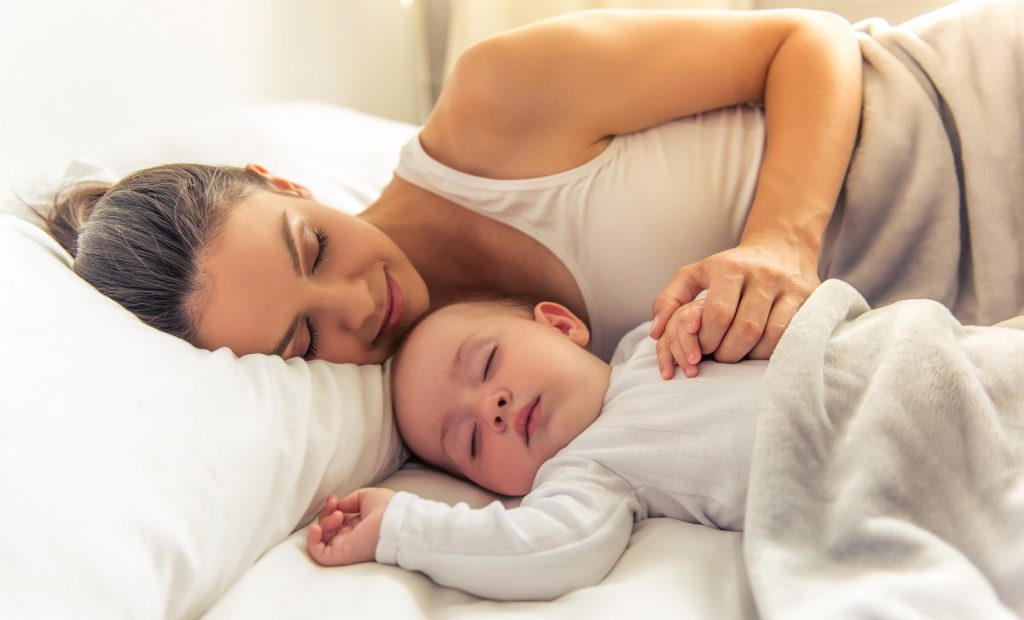
The American Academy of Pediatrics (AAP) advises that baby sleep on a firm, tight-fitting mattress with no soft bedding or toys. When they’re old enough to roll over into unsafe positions, the AAP recommends using a thin layer such as an infant sleeping bag specifically designed for babies to move freely in and out but stay baby warm at night.
AAP says that until babies are capable of moving on their own, they should be dressed in light clothing with no outerwear covering them up to minimize the risk for accidental suffocation or strangulation from loose bedding. When a baby is able to roll over and responds when parents call its name, it’s time to transition away from a blanket. When the baby can’t be awakened easily when picked up and will not roll over, it’s time to move from a sleep sack to pajamas with sleeves that close past the elbow or feet.
How do I keep my baby’s blanket on at night?
There are a few options that can help babies keep their blankets on: – A sleep sack is one option which fits over the baby and helps to keep him or her warm while they’re sleeping. This idea is also good for toddlers as it will help them from kicking off sheets in bed at night time!
Another way you may want to try is by putting the blanket inside of a crib sheet. This way babies can’t kick off their blankets in bed and it will help them to keep baby warm while they’re sleeping.
To provide your baby with a comfortable, restful sleep in the cold winter nights, you’re required to wrap him in a thick swaddling blanket. If babies kick off blankets often then put them into their sleeping bag so that they can’t kick it off while trying to fall asleep.
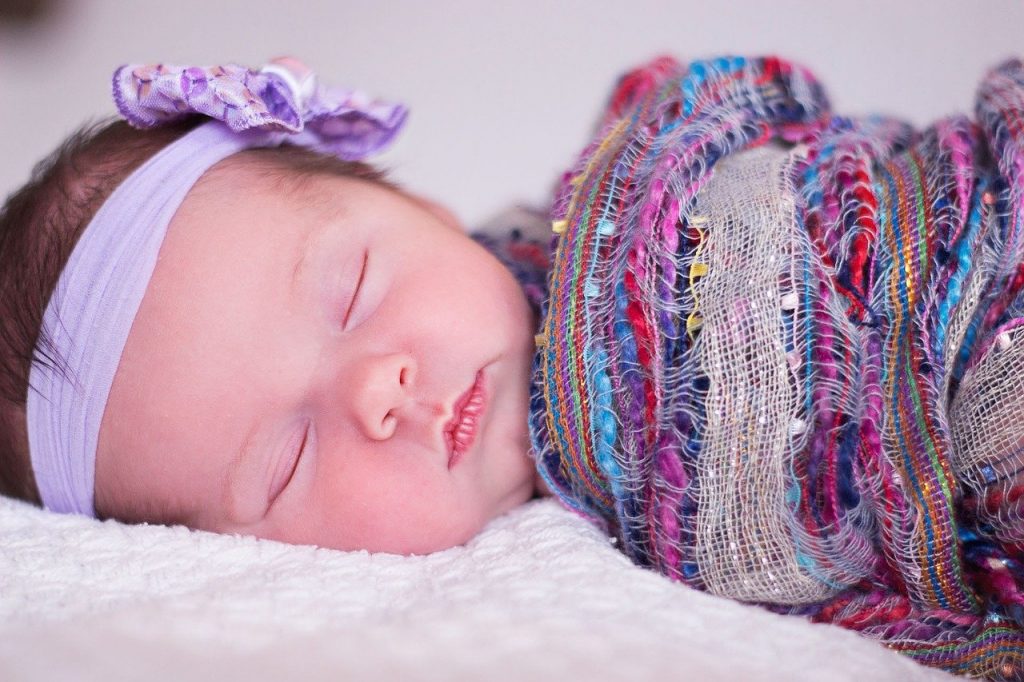
At what age can a baby sleep with a blanket?
The babies should be able to sleep with a blanket when they are at least one year old.
In order to keep your baby’s blanket on while he or she is sleeping, it may help for you to put the edge of the blanket in between two pieces of fabric that will hold it down and not allow your child from kicking off their blankets.
You can also put the blanket in a crib sheet and babies won’t be able to kick off their blankets.
Many parents are unaware of what is right for them, as babies need time to adjust from being inside an incubator that has regulated temperatures to one that doesn’t. Babies should not sleep with blankets until they are at least one year old.
The babies should be able to sleep with a blanket when they are at least one year old, which is why the AAP recommends light blankets or a sleep sack for naps as well as bedtime use when the baby is older – at least one year old. When your baby is sleeping, he or she should have enough airflow and be comfortable, not too hot or cold.
How should babies sleep with blankets?
Keeping your baby’s head free of any coverings will keep them comfortable. Place their blanket on the lower half of the body, and ensure that it is positioned no higher than their shoulders. Place your baby in what is known as the “feet to foot” position, with their feet at the end of a cot.
Blankets are not the only things to keep in mind when your baby is asleep. The following should also be considered:
Baby sleep position: Once your baby starts rolling around, they may turn onto their stomach or side. But it is okay if they do this during the night.
Sleep surface: When your baby is sleeping, ensure that their bed or crib feels flat and firm to the touch. Don’t lay them down on a blanket or pillow that has the potential to cover their face during sleep.
According to the National Sleep Foundation, infants should sleep swaddled regardless of whether or not they are covered with a blanket. That’s because being snugly wrapped is an important part of feeling safe.
Of course, there’s nothing wrong with choosing to use a light blanket in summer and cozying up to it all year long. But sleeping babies should be bundled in a tight, warm cocoon–not just loosely tucked under the sheets like an adult might do at bedtime. Swirling around beneath blankets and other covers can disrupt their breathing patterns and make them wakeful hours later instead of helping them stay asleep for longer periods at night when they need it most.
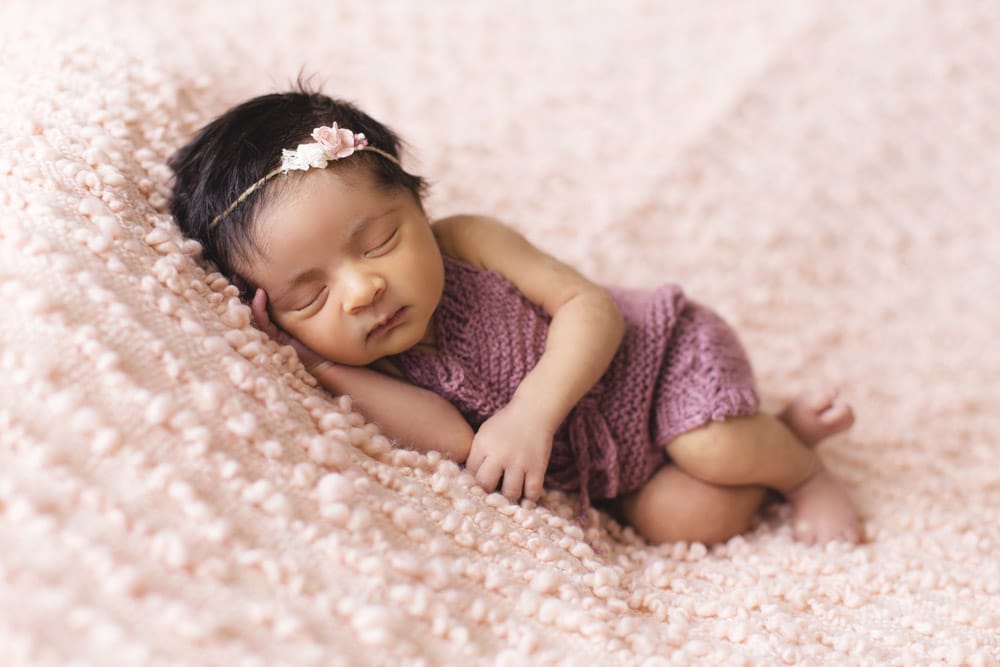
When can babies have pillows and blankets?
It is recommended that baby sleep with a light blanket, but not one that could cover their face.
Blankets are okay for naps and bedtime when the baby is at least one year old. It’s also recommended to keep your baby’s head free of any covers so they can breathe easily during sleep.
Babies should not sleep with pillows until they are at least two years old. It is recommended to keep your baby’s head free of any covers so they can breathe easily during sleep.
Young children should still sleep in a safe crib. They are not old enough for blankets yet because this might cause sudden infant death syndrome (SIDS). But at this age, there is no problem with them sleeping in the bed with you, It is okay to put a light blanket in your baby’s crib.
What is the best way to swaddle a baby?
The challenge that most people experience when trying to swaddle a baby is the feet. Often times, the way babies are positioned on their back causes the right ankle and left leg to cross over one another. When this happens, you may notice an asymmetrical distribution of fabric which can be remedied by simply shifting position so your baby’ s right foot is on top.
It is recommended to swaddle your baby in a snug position, but not too tight. Babies should be able to feel their hands and move them around while they are being covered gently with the blanket. But it’s important that you keep an eye on the temperature as well. If there is nothing else available for warmth other than what you have at home, a light blanket can be used for naps and bedtime.
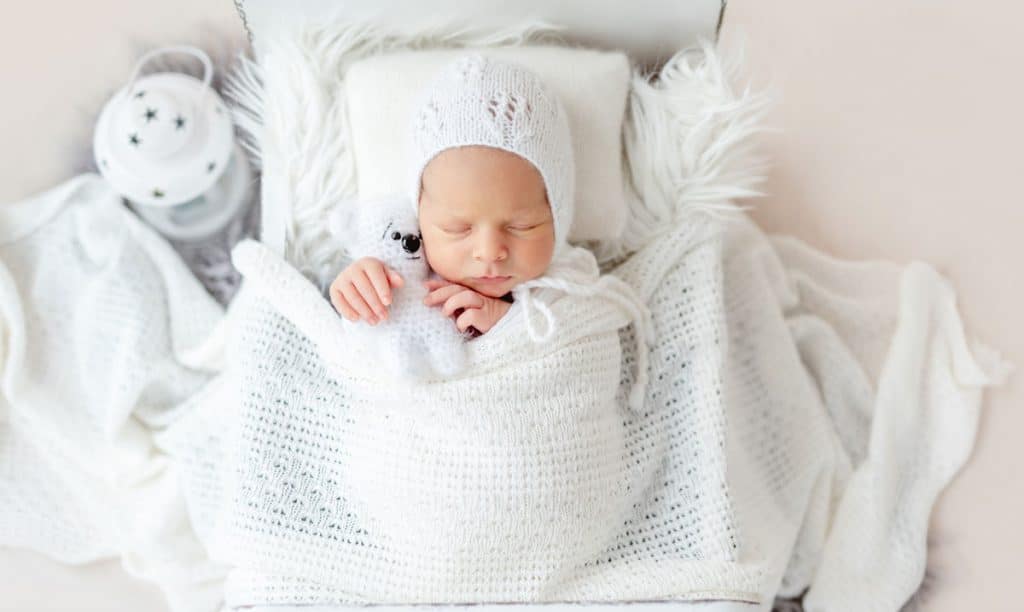
When should babies be allowed to sleep without a blanket?
Once your baby is rolling over on his or her own, they will be able to sleep without a blanket. But that doesn’t mean you should let them go uncovered during the night.
Time for bed: When it’s time for bed, lay down your baby in their crib with nothing more than what they are wearing (no diaper, no sleeper).
Bedtime routine: It is recommended for parents to have a consistent bedtime routine. That being said, what works best for one baby may not work so well for another. The key here is finding out which particular steps help your own little one sleep soundly each night and then sticking with those. A good sleeping environment/ritual will help your baby sleep longer and better.
Some babies are able to enjoy a light blanket during naps or bedtime when they’re at least one year old, but it’s important that you keep an eye on the temperature as well. If there is nothing else available for warmth other than what you have at home, a light blanket can be used for naps and bedtime.
How to Keep Your Sleeping Baby Safe?
The National Sleep Foundation recommends that babies sleep swaddled regardless of whether or not they are covered with a blanket. This is because being snugly wrapped has an important part in feeling safe, even if the baby does not need warmth to stay warm during sleep.
Baby sleeps should be bundled in a tight, warm cocoon–not just loosely tucked under the sheets like an adult might do at bedtime. Swirling around beneath blankets and other covers can disrupt their breathing patterns, which makes them wakeful hours later instead of helping them stay asleep for longer periods at night when they need it most.

